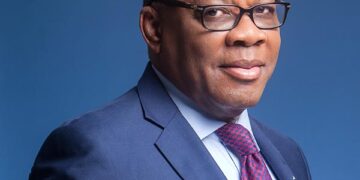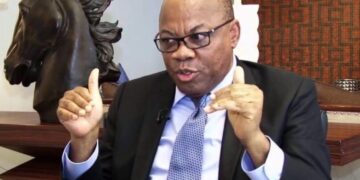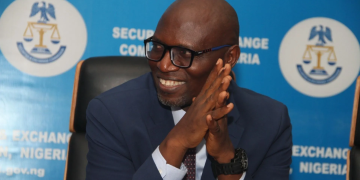As headlines swirl with trade wars, tariffs, and tweet fueled volatility, something much deeper and more dangerous is brewing beneath the surface of global financial markets. The drama is real, but not for the reasons most people are hearing about. The real story isn’t about Trump’s tariffs or stock market swings. It’s about the quiet, existential threat facing the U.S. economy: the urgent need to refinance nearly 40% of the nation’s $36 trillion debt load.
That’s over $14 trillion in government debt much of it issued during years of near-zero interest rates that now needs to be rolled over at dramatically higher yields. If interest rates remain elevated, the cost of servicing this debt could spiral out of control, eventually exceeding federal revenues. The result? A potential sovereign debt crisis that would make past financial shocks look tame.
This is not hyperbole. It’s a reality that’s already shaping policy and strategy in ways that aren’t being publicly acknowledged.
Think of it like going to the dentist: it’s painful now, but it’s a far better outcome than ignoring the problem and risking the whole tooth. What’s being perceived as “market chaos” is, in reality, a necessary and painful reset. The volatility we’re seeing is not random. It’s a strategic and structural adjustment designed to drive capital back into bonds and bring yields down without needing to slash rates or unleash another round of QE.
This matters because the bond market isn’t just another corner of finance—it’s the foundation. Bonds support everything from government budgets and mortgages to corporate debt and pension obligations. A breakdown here would ripple through every part of the economy.
In this context, recent investor behavior takes on new meaning. Panic selling, wild market swings, and capital fleeing risk assets are not just signs of fear; they’re mechanisms of adjustment. When systems come under pressure, emotion takes over. Investors dump assets good and bad just to stop the pain.
And institutions? Many are incentivized to keep investors calm at all costs. Fund managers, pension administrators, and hedge fund executives have a vested interest in maintaining optimism, not necessarily in revealing the structural cracks in the foundation. Advising clients to go defensive can sound alarmist and could trigger the very panic they fear. So instead, they lean into the safer, more familiar narratives: tariffs, inflation, earnings.
But here’s what you’re not hearing: if yields don’t fall, and refinancing happens at current rates, interest payments alone could consume the U.S. budget. That’s the real threat. It’s why policymakers are tolerating volatility and pushing capital back into bonds even if it means risking a recession in the process.
Because the alternative losing global trust in U.S. creditworthiness would be catastrophic.
Global investors are still watching, still giving the U.S. the benefit of the doubt. But that trust is not unconditional. Doing nothing and letting yields remain elevated would be interpreted as fiscal negligence. In the eyes of global markets, that’s worse than short term economic pain.
So yes, headlines are loud. Tweets are wild. Markets are messy. But look deeper, and you’ll see a deliberate process underway. This isn’t chaos. It’s triage.
Until we see true capitulation widespread selling of risk assets paired with a meaningful drop in bond yields the system remains vulnerable. The narrative of “buy the dip” may be premature. Structural risk hasn’t been resolved, only redirected.
In the end, this is not about Wall Street. It’s about Main Street. About preserving a financial system that holds the world together.
And sometimes, saving that system means enduring a little pain now to avoid complete collapse later.
Cc:dc_economics




















































